How COVID-safe Santa can save Christmas
Associate Professor Hassan Vally and Associate Professor Nathan Grills
We’ve had to endure many things this year, and we’ve had to make decisions to cancel or postpone many iconic events.
As Christmas approaches, Santa has been considering the difficult question of whether to defer Christmas, or even to move to virtual Santa, Zoom-Santa or click-and-collect Santa.
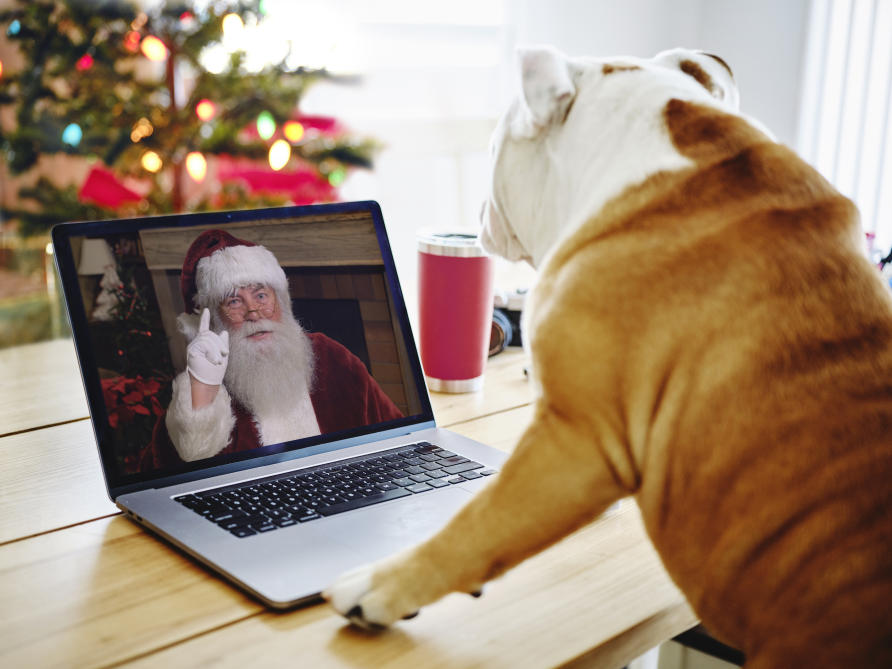
The wellbeing of 2.2 billion children may depend on his decision. But is the risk too great?
Saint Nicholas sought out our epidemiological and public health expertise to help him weigh up the risks and benefits, and to propose a COVID-safe plan.
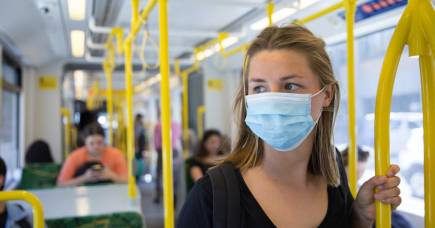
Adapting Melbourne’s public transport to ‘COVID normal’
The good news is that after extensive analysis, we have advised Santa that a with a few modifications to his work practices he can do his job safely and not risk his health or ours. Christmas can be saved in 2020!
From the outset we classified Santa as an essential worker. If Santa was required to remain at home on Christmas eve it could precipitate an unprecedented mental health catastrophe as the world’s children wake up to empty stockings. They have already suffered mum and dad’s home-schooling in 2020, and Santa offers some much needed hope this Christmas.
Whatever the level of lockdown, Santa must be permitted to deliver this essential service.
However, protecting Santa’s health is paramount. After all, this millennia-old service depends on Santa’s survival. So how concerned should we be about Santa catching COVID-19?
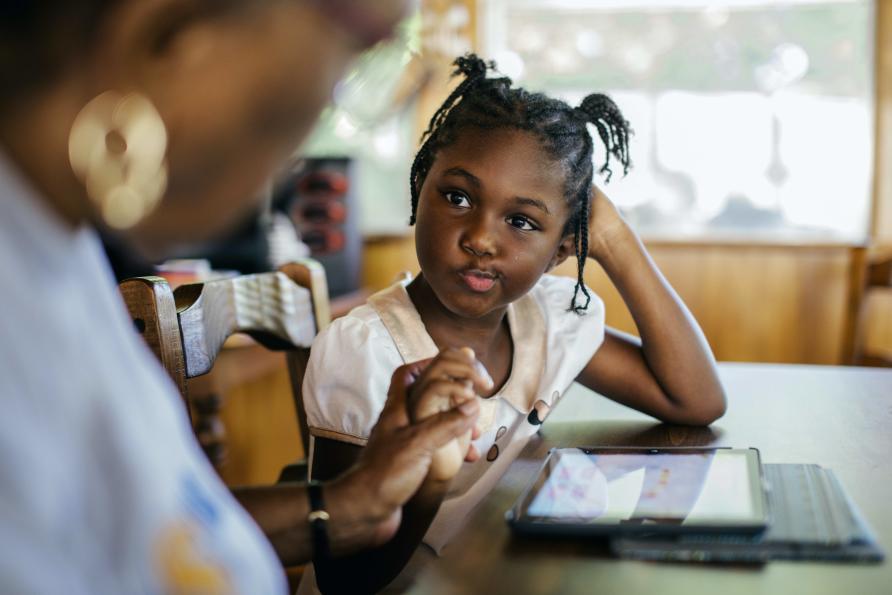
We know that Santa’s older age, tobacco use and obesity are important risk factors for COVID-19 and in fact The British Medical Journal has previously outlined Santa’s chronic disease risk profile which is cause for concern. In addition, we know St Nicholas is no spring chicken, celebrating his 1,740th birthday this year.
In his favour, however, Santa has survived numerous pandemics and presumably has antibodies to a plethora of similar viruses. And interestingly there is emerging evidence from Africa and Asia that such immunity may be partially protective.
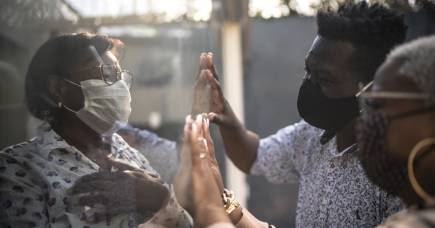
Better engaging culturally diverse communities during COVID-19
In addition to protecting his own health, the other important question is how can Santa make sure he only spreads joy and good will this Christmas and nothing infectious?
In many ways Santa is the worst nightmare for public health authorities who have relied on limiting travel and contact between people to control COVID-19. Visiting every house on earth, including regions where COVID-19 is eliminated and others where it’s out of control presents a significant infection control challenge.
Applying our traffic light system Santa would be coming from a low risk ‘green’ jurisdiction given Santa Claus Village closed its borders more than a 1000 years ago and has had no reported cases of COVID-19.
Therefore, as the likelihood of Santa being infected with coronavirus before setting out on Christmas eve is extremely low, he won’t be asked to quarantine on arrival in each jurisdiction. Nevertheless, given the high-risk nature of his job, he will require a negative test before flying.
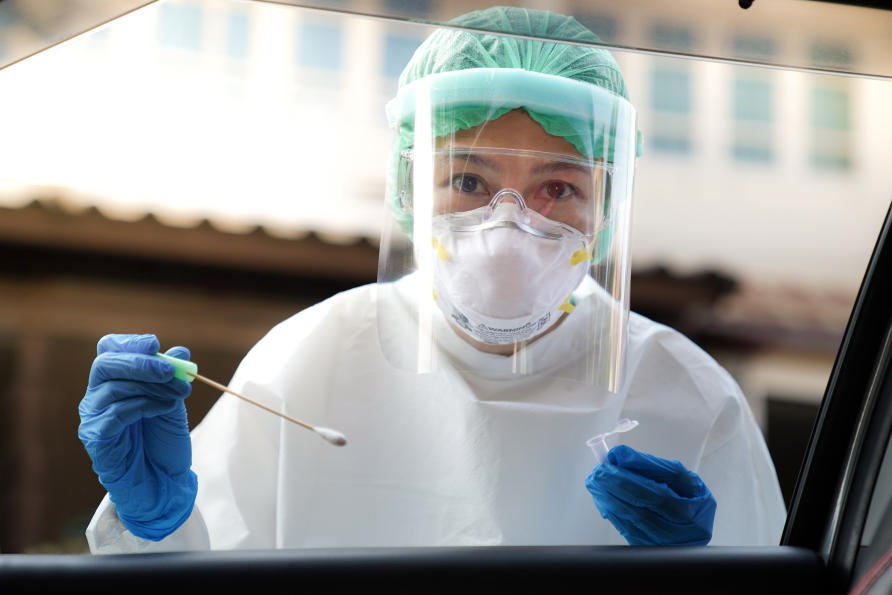
Additional precautions to adopt include making Santa’s sleigh COVID-safe with fibreglass screens, and installation of a hand-sanitiser dispenser. And along with Santa, the reindeer will be masked this year. We acknowledge that outdoor masks on reindeers might seem excessive and not evidence based, but we feel this is a unique situation where being extra cautious makes sense.
Families can play their role in protecting this important frontline worker by staying at home – in bed. Santa assures us he only enters houses where children are sleeping so person-to-person contact shouldn’t be a problem.

How ‘artificial societies’ are helping plan our COVID-19 response
We can also help to keep him safe by making sure that if we leave him milk/brandy and cookies – which perhaps we shouldn’t given his aforementioned weight issue – we should use disposable cups and plates and have hand sanitiser on the table. In the unlikely event that there are leftover brandy or biscuits, Mum and Dad should resist the temptation to finish them off and instead safely dispose of them.
The biggest worry, however, is that Santa gets infected, incubates the virus, and then spreads it by coughing or sneezing it onto another person or surface, thereby putting them at risk of infection. Working through infection risk first principles, however, provides reassurance that Santa’s risk of spreading the virus by the respiratory route is infinitesimal.
In order to spread disease by the respiratory route he would have to pick up the virus and grow it in sufficient numbers to be infectious enough to spread it to others. As the total time spent delivering presents from start to finish is 24 hours, he would finish his deliveries before becoming infectious.
And what’s more, since we know that the risk of spreading the virus is based on how much time one spends in close proximity to an infectious person, in the unlikely event that Santa did become infectious, he would still not pose a significant threat of infecting others. The reason is that it has been estimated that in order for Santa to visit every child on Christmas eve he can only spend between 0.0003-0.0006 seconds in every household.
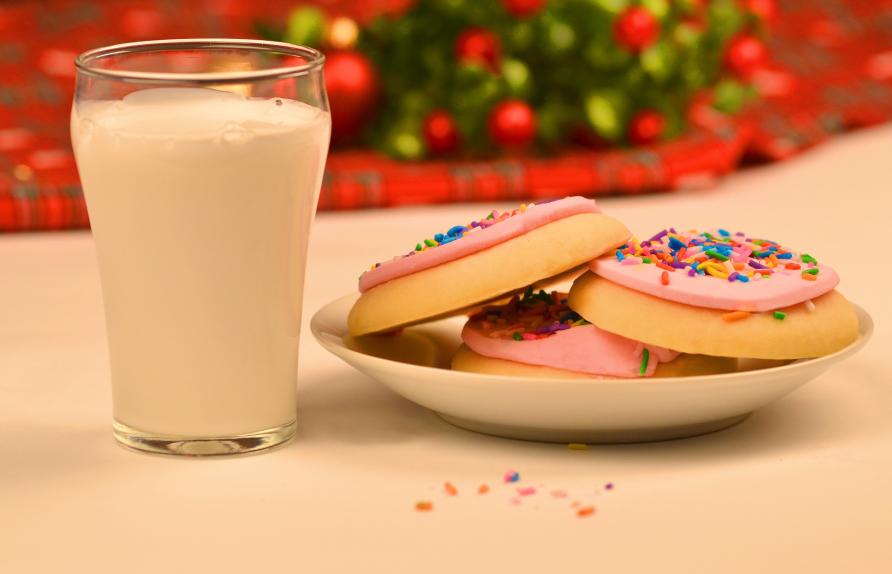
This is far shorter than the 15 minutes of close contact – in fact over 100,000 times less – that we usually consider to pose a significant risk of spreading the virus. It is because of this very low risk that Santa poses, we are only asking him to wear an N95 mask in our recommendations and aren’t requiring him to wear full PPE, which would make chimney descents particularly difficult, if not dangerous.
The other possible consideration is the risk of Santa inadvertently transferring the virus from a surface in one house to another house as he goes about his deliveries. Although there is some contention as to the importance of surface transmission in the spread of COVID-19, we do know that it can survive on surfaces for some length of time. To mitigate this risk Santa will adopt extra hygiene protocols and sanitise his hands between houses.
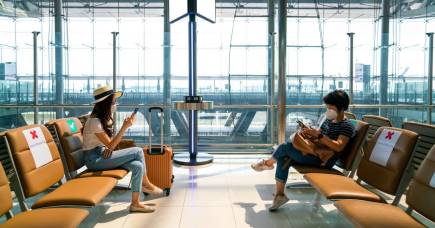
Reimagining international airports in COVID-19
Of course, you can help by also being extra hygienic so that the likelihood of virus on any surfaces in your house are minimal.
Further modelling from our supercomputer confirms that the risks for Santa working on Christmas eve are exceedingly small, and the benefits immense. Following our public health guidelines we conclude that COVID-Safe Santa will be a super-spreader of good will and joy to all in 2020. And heaven knows 2020 needs it!
Finally, in our letters to Santa, could we all please request St Nick to bring us a safe and effective vaccine by Christmas.
This article first appeared in the Australian and New Zealand Journal of Public Health.
Acknowledgement: We asked Professor Brett Sutton, Chief Health Officer of Victoria, to advise if these guidelines would be sufficient for Santa to enter Victoria. We think this is a ‘yes’ (elfed with permission).
Banner: Getty Images
How will Christmas be different for you and your family this year?
If you enjoy our content, don’t keep it to yourself. Share our free eNews with your friends and encourage them to sign up.
Related articles:
https://www.yourlifechoices.com.au/health/covid19/experts-warning-not-to-relax-covid-19-social-distancing-measures
https://www.yourlifechoices.com.au/health/covid19/a-cheaper-more-pleasant-hand-sanitiser
https://www.yourlifechoices.com.au/health/covid19/older-australians-tougher-than-you-think

